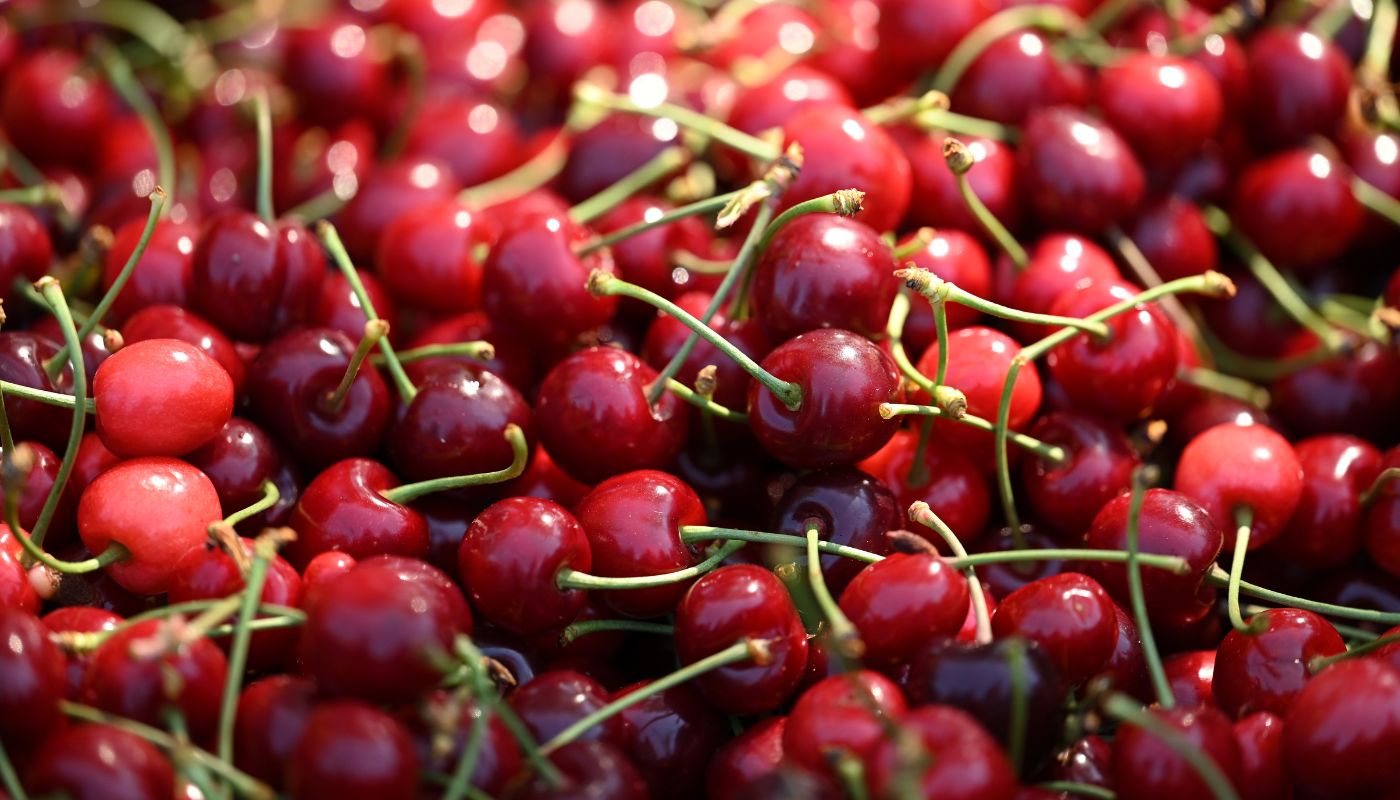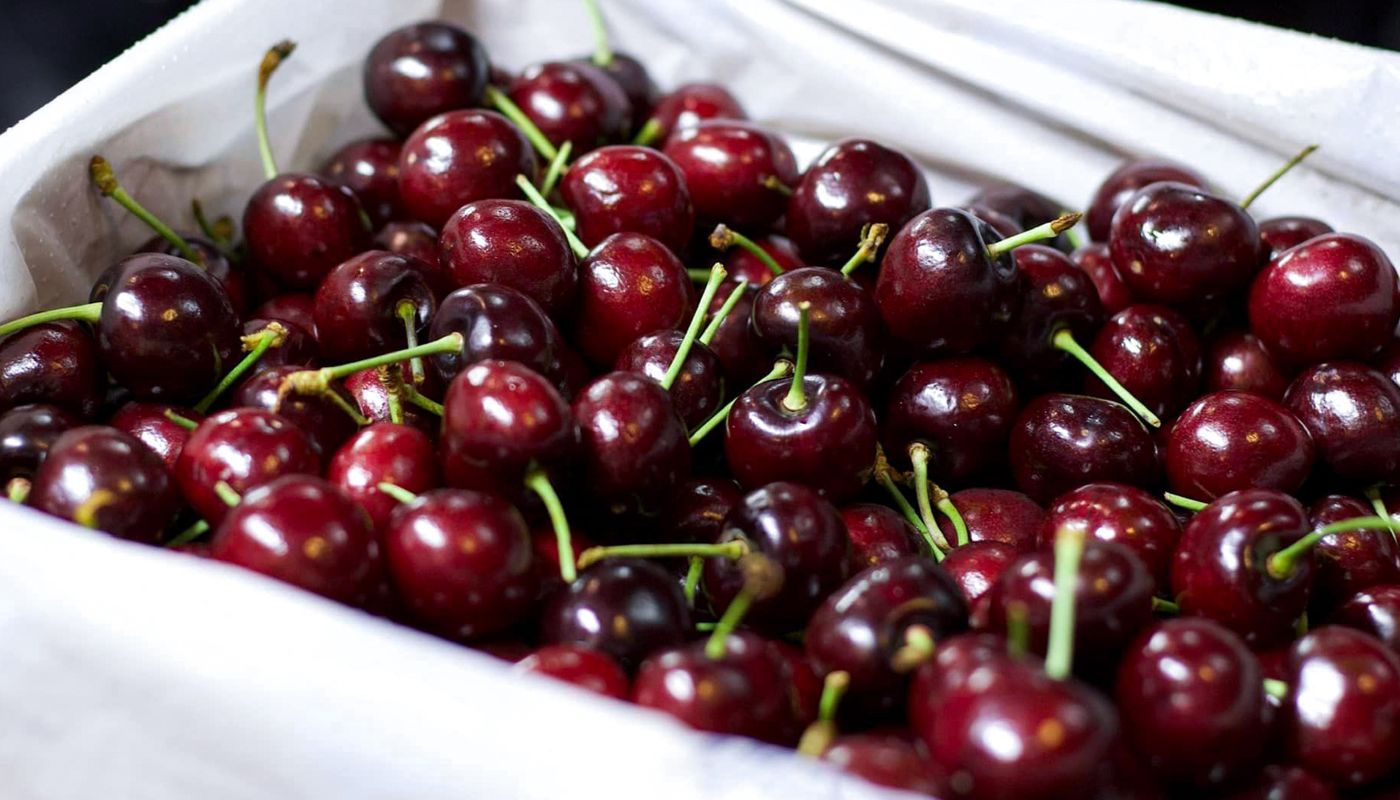“Whereas cherries used to grow only in the cooler areas of the country, we are now seeing more and more growers venture into new regions. The sector is innovating, expanding, and we look to the future with confidence.”
Innovation in the orchard
The key to this growth? The introduction of low-chill varieties (mainly from Zaiger and IFG) and the use of advanced climate systems that allow growers to computer-control the required cold units. This technology enables producers to manage flowering and yield much more effectively, opening up major opportunities for the future of South African cherry production. “But this progress also has a downside,” Daniela notes. “Planting a cherry orchard is a costly investment. Yet we see more and more growers taking that step because the market potential is significant.”
Daniela explains that in the northern growing regions, producers unfortunately experienced cold conditions during flowering for the second consecutive year, which affected fruit set. As a result, this year’s harvest in the north is smaller. “Fortunately, the season looks better for the Western Cape, where growers expect a normal harvest with good quality.”
Global market opportunities
“Despite the smaller harvest in the north, the future of South African cherries remains extremely promising,” Daniela continues. “South African growers have unique market opportunities. In a good season, northern growers begin harvesting as early as week 39 or 40, right after Canada and well before Chile. This creates an exclusive export window of three to four weeks without strong competition. In addition, the size and appearance of the cherries are improving year after year, which excites buyers worldwide. This is encouraging more growers to invest in new orchards across different regions.”
“With the use of innovative cultivation techniques and genetically improved varieties, the future of South African cherry production looks bright. However, success will depend heavily on the weather and on economic viability, given the high investment costs. But if climatic conditions stabilise and new plantings come into production, South Africa can further develop into an important early-season cherry supplier for the international market.”
Source: Fresh Plaza









